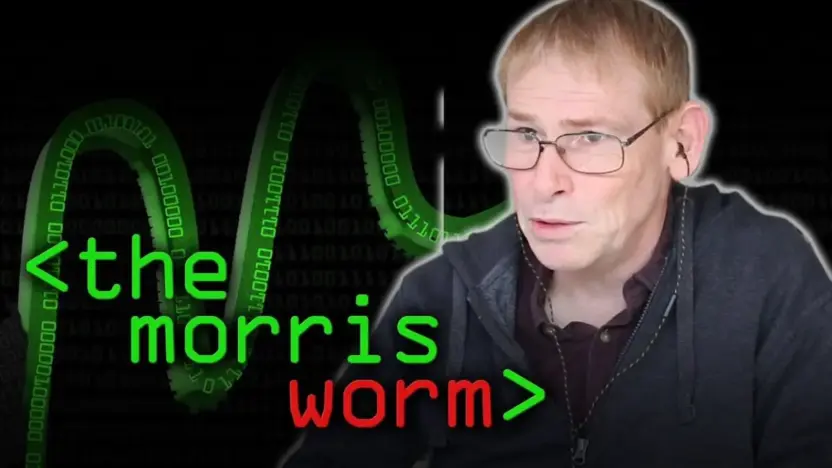The Morris Worm, released in 1988, is often recognized as the first significant worm on the Internet, and it highlighted the vulnerabilities of early computer networks. This historic event acted as a wake-up call, sparking awareness and advancements in cybersecurity practices that laid the foundation for modern protocols and defenses.
Origins of the Morris Worm: A Glimpse into Its Creation
In November 1988, Robert Tappan Morris, a graduate student at Cornell University, developed and released the Morris Worm. It wasn’t designed with malicious intent; rather, it was an experiment intended to measure the size of the Internet. Morris inadvertently created a worm that would infect roughly 10% of the entire network, causing unintentional yet significant disruption.
- The Purpose: Morris sought to gauge the size of the Internet, a network still in its infancy.
- Programming Flaws: A coding error caused the worm to replicate aggressively, leading to unintended and widespread harm.
How the Worm Operated: A Deep Dive into Its Mechanism
The Morris Worm used multiple methods to infect systems, exploiting common vulnerabilities in UNIX-based operating systems. This marked the beginning of understanding how a single vulnerability could lead to large-scale damage.
- Brute-Force Attack: The worm guessed passwords to gain unauthorized access.
- Exploitation of Known Vulnerabilities: It leveraged weaknesses in sendmail and fingerd, two commonly used UNIX services.
- Replication Mechanism: Once inside a system, the worm replicated itself to spread to other connected computers. A bug in the code caused it to replicate more aggressively than intended, slowing systems and causing network congestion.
Impact on the Internet: The Damage Caused by the Morris Worm
The rapid spread and replication of the worm disrupted approximately 6,000 computers—roughly 10% of the Internet at the time. Systems slowed, became unresponsive, and required extensive effort to disinfect. Although small by today’s standards, this incident was catastrophic for a network that lacked modern defense mechanisms.
- Financial and Operational Disruptions: The cleanup process cost an estimated $100,000–$1,000,000 in 1988 dollars.
- Public Reaction: News of the worm spread as fast as the worm itself, drawing public attention to cybersecurity issues for the first time.
The First Computer Crime Prosecution: Legal Repercussions for Morris
In 1989, Robert Tappan Morris became the first person convicted under the then-new Computer Fraud and Abuse Act, receiving a sentence that included probation, community service, and a fine.
- Legal Precedent: The conviction set an early example for how future cyber incidents would be handled in the U.S.
- Impact on Cybercrime Legislation: The case highlighted the need for more robust laws to address cybersecurity issues, which have since evolved to encompass a wide range of cyber offenses.

Lasting Legacy: How the Morris Worm Changed Cybersecurity Forever
The worm was a turning point in the history of cybersecurity. It not only spurred the formation of the Computer Emergency Response Team (CERT) but also led to widespread cybersecurity initiatives and the prioritization of vulnerability management.
- Formation of CERT: In response to the worm, DARPA funded the creation of CERT/CC, the first Computer Emergency Response Team, to improve cybersecurity defense and response capabilities.
- Growth of Cybersecurity Awareness: Institutions and individuals alike began to take network security more seriously, leading to the implementation of basic protocols like regular updates, patches, and vulnerability assessments.
- Influence on Cybersecurity Research: Researchers, motivated by the incident, began focusing on developing stronger firewalls, intrusion detection systems, and anti-virus software.
Modern Implications: Lessons from the Morris Worm
The Morris Worm serves as an enduring reminder of the importance of cybersecurity, even in environments that seem secure. Today, its legacy influences approaches to network security, vulnerability management, and ethical considerations in cybersecurity research.
- Proactive Security Measures: The incident encouraged continuous monitoring, patching, and proactive measures in systems worldwide.
- Awareness and Education: The worm underscored the need for cybersecurity education, which has become integral in both the public and private sectors.
Also Read: How October 22nd Became a Turning Point for App Distribution with Google Play Store



